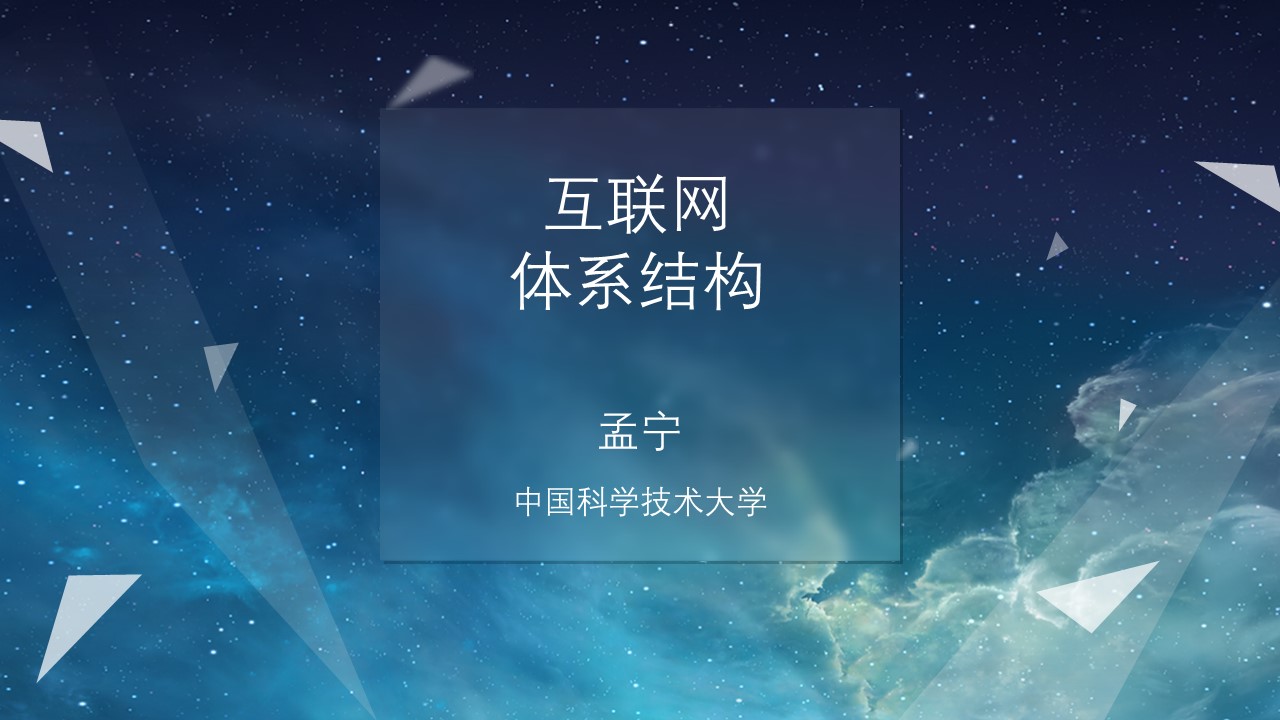
当前课程知识点:Biopharmaceutical and Toxicological Analysis > Chapter 3 Preparation and pretreatment of biosamples > 3.3 Pretreatment of biospecimens (2) > Video
返回《Biopharmaceutical and Toxicological Analysis》慕课在线视频课程列表
返回《Biopharmaceutical and Toxicological Analysis》慕课在线视频列表
Hello, today's topic is the solid-phase extraction.
Inspired by the high-performance liquid chromatography
(in short HPLC),
especially reversed-phase HPLC,
people began to use small columns
with different fillers to process bio-specimens.
This technique is called solid-phase extraction,
or SPE for short.
As SPE could greatly shorten the processing time,
avoid emulsification,
and facilitate automatic operation,
it is increasingly valued by the researchers.
It should also be mentioned that
its cost is higher than that of liquid-liquid extraction.
In this method,
the drug and endogenous substances could be separated
due to the difference in physicochemical properties
and affinities with the stationary phase.
These two pictures represent two elution modes.
As shown in the first picture,
the drug could interact with the stationary phase
with stronger affinity
In this case,
a solvent can be used to wash off the interference substances
while the drug is being retained in the column.
Next, elute the drug with a stronger solvent.
In the second elution mode,
as the interfering substance has stronger affinity
with the stationary phase,
the drug could be eluted directly
while the interfering substance is retained in the column.
Here we show you the commonly used SPE cartridges
in the market.
This is the picture of the solid phase extraction device.
There are several different techniques.
We can use a manual vacuum extraction
or manual or automated positive pressure to extract.
Multiple columns can be processed at one time,
making the operation very convenient.
The eluent is collected for analysis.
The SPE adsorbents could be categorized into lipophilic,
hydrophilic, and ion-exchange types.
Among them, the most widely used
are C18 sorbents for hydrophobic drugs.
The ion exchange sorbent is suitable for highly polar
or ionizable drugs.
Below we will briefly
introduce the general experimental procedures of SPE
based on the lipophilic C18-bonded silica gel.
The first step is to wet
and activate SPE packing materials with methanol;
In the second step,
we rinse the sorbent with water or an appropriate buffer
to remove excess methanol and maximize retention;
The third step is to load the sample,
and pass sample completely through the sorbent packing
under vacuum or positive pressure.
The fourth step is to wash the SPE column with water
or an appropriate buffer
to remove weakly retained endogenous components.
In the last step,
we use a strong solvent to elute the target analyte
for collection and analysis.
Next, let's go over the ultrafiltration method.
So far we have learned protein precipitation,
liquid-liquid extraction and solid phase extraction.
It should be noted that
these methods measure the total concentration of the drug
in the biosamples,
i.e., free molecules and molecules bound with other proteins.
If we want to determine the free drug concentration,
ultrafiltration method is at the top of our list.
Ultrafiltration is a membrane separation technology,
which could separate 30~1000 kD soluble biological macromolecules
according to the molecular weight cut-off.
With pressurized filtration or high-speed centrifugation,
free drugs in blood could be separated
from the macromolecular plasma proteins
and protein-bound drugs.
Drugs or metabolites could combine
with endogenous substances to form conjugates.
To determine the total amount of the drug,
we need to hydrolyze the conjugate.
Also, it is possible to directly determine the conjugate content,
not hydrolyzing them.
There are several methods to hydrolyze the conjugates.
First, acid hydrolysis.
We can heat the sample in strong acid.
This method is simple and fast,
but the drug may degrade.
Besides, the method has poor specificity.
The second is enzymatic hydrolysis
by using glucuronidase and sulfatase.
This method has mild hydrolysis conditions
and good specificity, but the cost is high.
Third is solvolysis.
The conjugate, especially the sulfate ester,
can be directly decomposed
during the solvent extraction process.
Finally, chemical derivatization.
This method can improve the detection sensitivity
and has the ability to separate enantiomers.
Chemical derivatization could be used for gas
and liquid chromatography.
Currently, there are many derivatization reagents in the market.
We need make appropriate selections
according to the properties of the target analyte
and optimize the derivatization conditions.
We will not discuss the details here.
Thank you for watching.
-PPT
-Assignment
-2.1 Drug’s in vivo process – absorption and distribution
--PPT
--Video
-2.2 Drug’s in vivo process – metabolism and excretion
--PPT
--Video
-2.3 Therapeutic drug monitoring
--PPT
--Video
-2.4 Assignment
--Assignment
-3.1 Preparation and storage of commonly used biospecimens
--PPT
--Video
-3.2 Pretreatment of biospecimens (1)
--PPT
--Video
-3.3 Pretreatment of biospecimens (2)
--PPT
--Video
-3.4 Advances in pretreatment of biospecimens
--PPT
--Video
-3.5 Assignment
--Assignment
-4.1 Design and development of bioanalytical method
--PPT
--Video
-4.2 Bioanalytical method validation (1)
--PPT
--Video
-4.3 Bioanalytical method validation (2)
--PPT
--Video
-4.4 Assignment
--Assignment
-5.1 Hyphenated chromatography (1)
--PPT
--Video
-5.2 Hyphenated chromatography (2)
--PPT
--Video
-5.3 High performance capillary electrophoresis
--PPT
--Video
-5.4 Assignment
--Assignment
-6.1 Immunoassay (1)
--PPT
--Video
-6.2 Immunoassay (2)
--PPT
--Video
-6.3 Immunoassay (3)
--PPT
--Video
-6.4 Capillary electrophoresis-based immunoassay
--PPT
--Video
-6.5 Assignment
--Assignment
-7.1 Isotope analysis
--PPT
--Video
-7.2 Mass spectrometry imaging
--PPT
--Video
-7.3 Advances in Biopharmaceutical Analysis
--PPT
--Video
-7.4 Assignment
--Assignment
-8.1 Bioanalysis of biotechnological drugs
--PPT
--Video
-8.2 Bioanalysis of endogenous steroid hormones
--PPT
--Video
-9.1 Bioanalysis of animal and plant poisons
--PPT
--Video
-9.2 Bioanalysis of of water-soluble poisons
--Video
-10.1 Bioanalysis of drugs of abuse
--PPT
--Video
-Website of virtual simulation experiment
-Final examination

